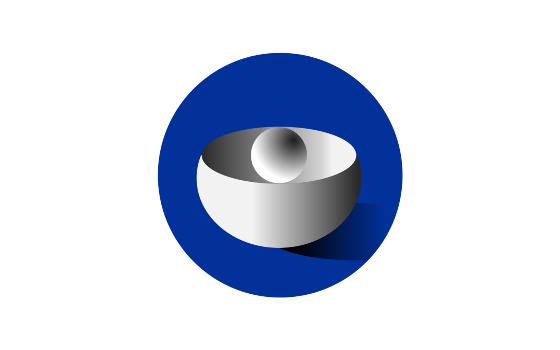 The European Commission (EC), the European Medicines Agency (EMA) and the Heads of Medicines Agencies (HMA) have co-signed a letter reminding all sponsors of clinical trials conducted in the European Union of their obligation to make summaries of results of concluded trials publicly available in the EU Clinical Trials Database (EudraCT).
The European Commission (EC), the European Medicines Agency (EMA) and the Heads of Medicines Agencies (HMA) have co-signed a letter reminding all sponsors of clinical trials conducted in the European Union of their obligation to make summaries of results of concluded trials publicly available in the EU Clinical Trials Database (EudraCT).
Transparency and public access to clinical trial results, whether positive or negative, are fundamental for the protection and promotion of public health. It assures trial subjects that their voluntary participation in clinical trials is useful and that the results have been collated and reported for the benefit of all. In addition, for those medicines which are placed on the market or used in further clinical trials, it allows patients and healthcare professionals, or any other citizen, to find out more information about medicines they might be taking or prescribing. Transparency also enhances scientific knowledge and helps to advance clinical research and support more efficient medicine development programmes.
It is the responsibility of sponsors to ensure that the protocol information and results of all clinical trials is submitted in EudraCT; this information is publicly available through the EU Clinical Trials Register (EU CTR). Since July 2014, sponsors are required to post results within one year after the end of a clinical trial (or six months for a paediatric trial). This information is also shared with the World Health Organization’s (WHO) International Clinical Trials Registry Platform (ICTRP) of which EU CTR is a primary registry.
As of April 2019, the EudraCT database included 57,687 clinical trials in total, out of which 27,093 were completed. Out of these completed trials, 18,432 should have had results posted; sponsors were in compliance with the publication requirements for 68.2% (12,577) of the trials, however results were still lacking for 31.8% of them (5,855).
The reporting compliance of non-commercial sponsors (e.g. academia) was much lower than for commercial sponsors (i.e. companies), with 23.6% of results posted for non-commercial sponsors vs 77.2% for commercial sponsors. Academic sponsors or smaller companies often lack awareness or incentives to post clinical results, therefore EU authorities are taking various steps to ensure sponsors are aware of their obligations and can act on them.
One of these initiatives is the “letter to stakeholders regarding the requirements to provide results for authorised clinical trials in EudraCT”, co-signed by Anne Bucher, Director General of the EC’s DG Health and Food Safety, Guido Rasi, Executive Director of EMA, and Thomas Senderovitz, Chair of the HMA Management Group. It will be disseminated to various stakeholder groups, with a goal in particular to reach academic sponsors. This should help to spread the word about the importance of making clinical trial results publicly available.
Amongst other initiatives conducted at EU level, EMA has since September 2018 been identifying trials with missing results on a monthly basis and sending reminders to the sponsors of those trials to ensure compliance with the transparency rules and their follow up on their results reporting obligations.
For further information, please visit:
https://eudract.ema.europa.eu